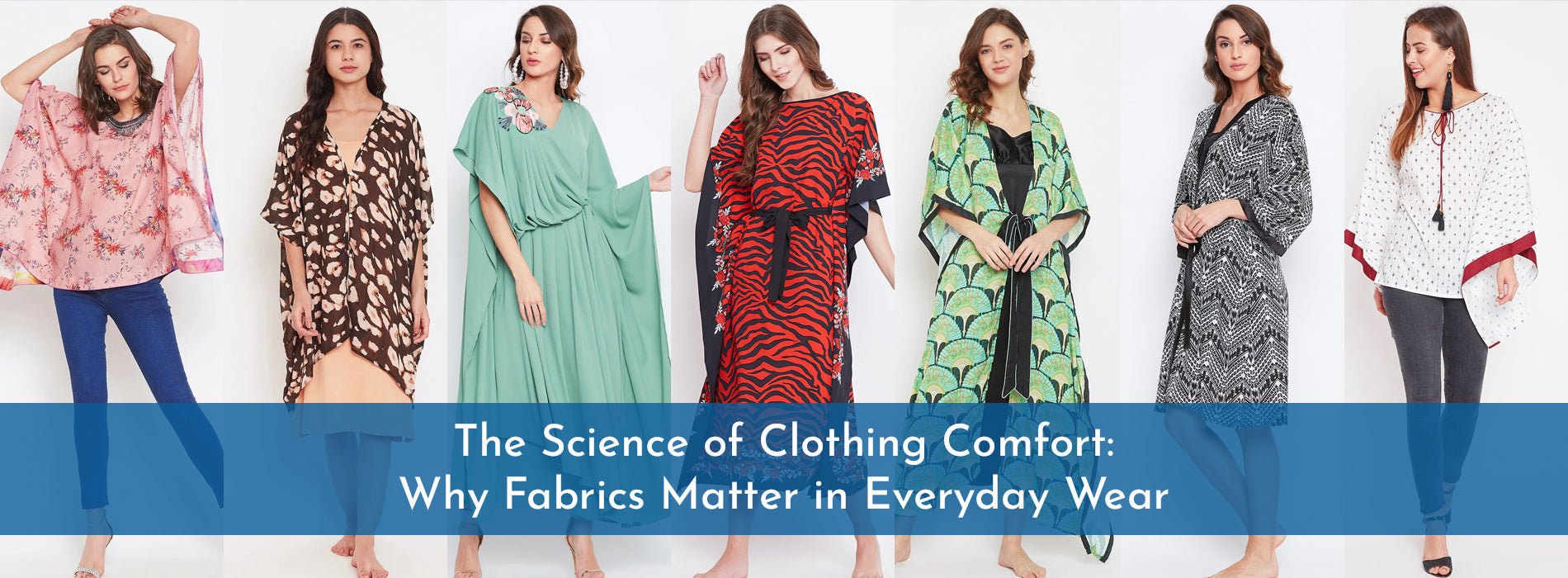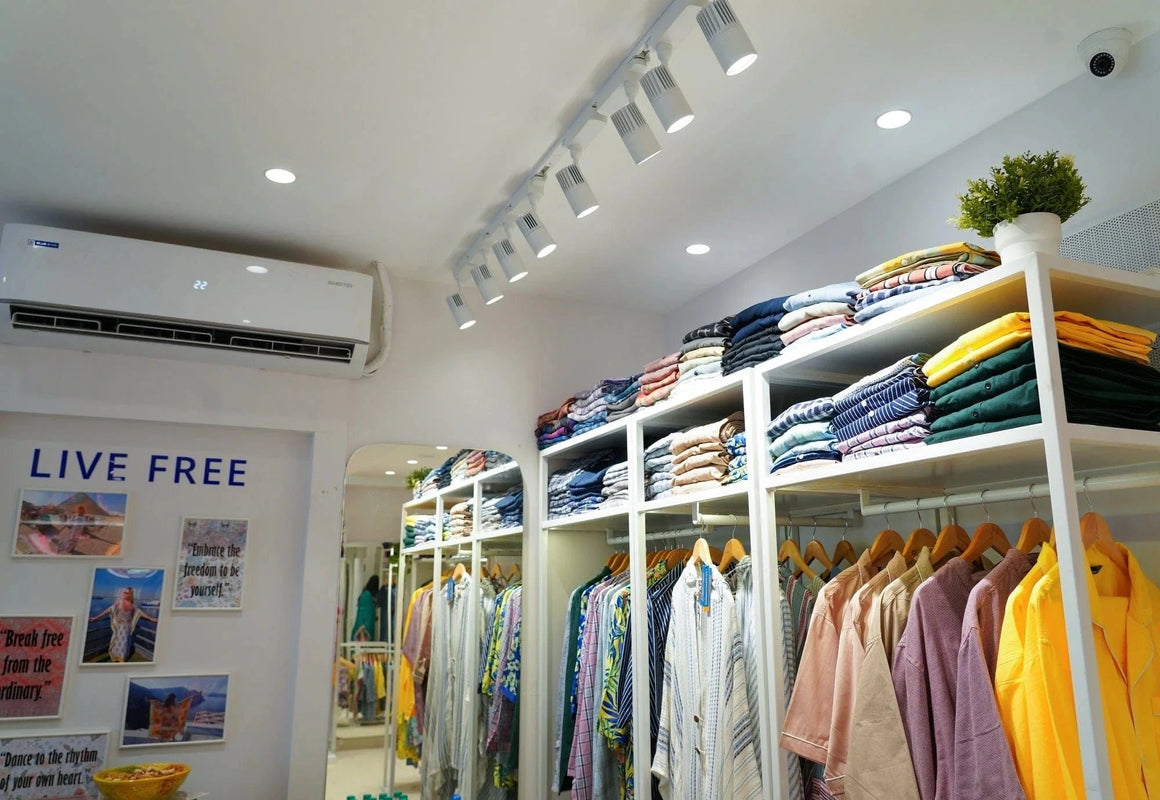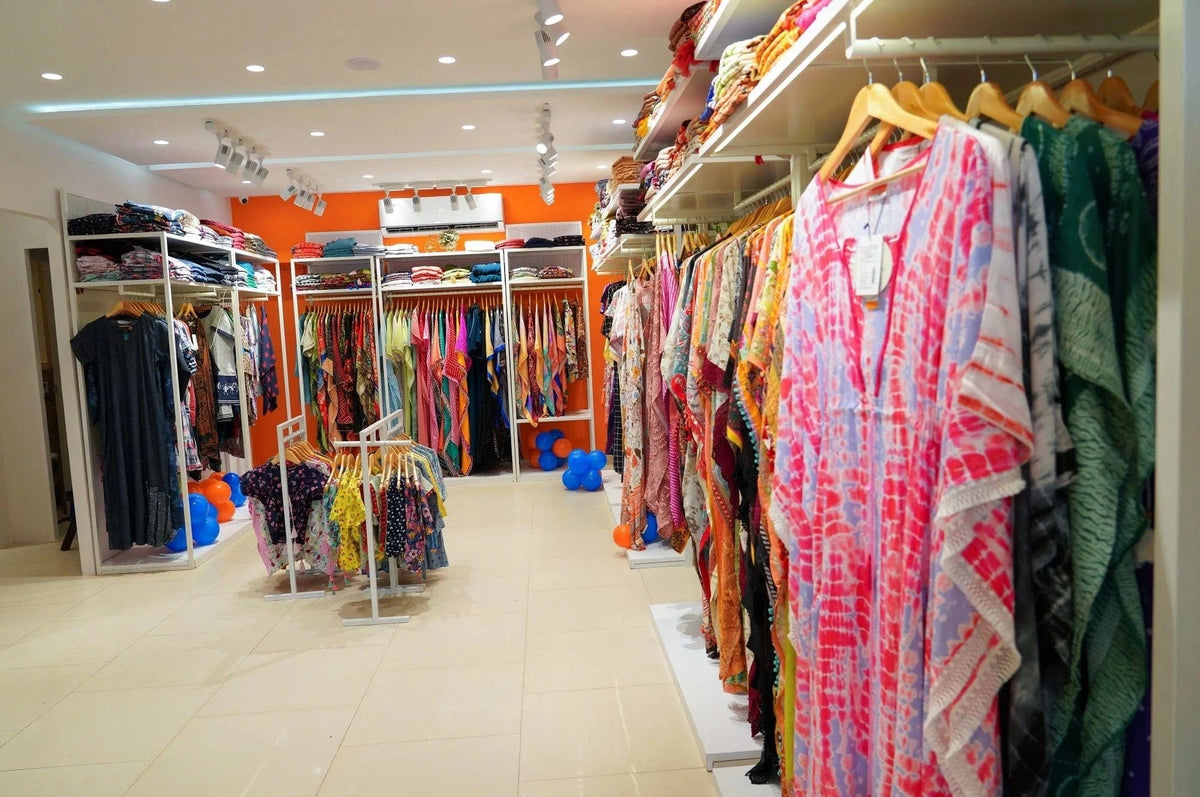People have more than personal choices in determining comfortable clothing since fabric science plays a crucial role in such decisions. When deciding our clothing fabrics we influence our daily feeling experience while controlling aspects of breathability and stretch and sweat regulation. Every person who buys clothing needs fabric knowledge to select apparel that suits seasons, activities or special events for both female and male wear. This article explains fabric comfort science together with its essential role that breathable fabrics play in modern apparel.
Understanding Clothing Comfort
The sensation of comfort when wearing clothes stems from different physical and mental elements. The comfort level of a garment depends on several primary factors which include:
- Thermal Regulation: The ability of a fabric to maintain body temperature by allowing heat to escape or trapping warmth as needed.
- Moisture Management: How well a fabric wicks sweat away from the body and dries quickly.
- Softness and Texture: The surface feel of the fabric against the skin.
- Flexibility and Fit: The fabric's ability to stretch and adapt to movement without causing discomfort.
The Role of Breathable Fabrics
Cloth comfort improves through breathable materials which both bring air through the fabric and stop heat build-up. The natural fiber types cotton linen and wool maintain natural breathability while synthetic materials such as polyester and nylon need moisture-wicking treatments to reach similar results.
Cotton
 Cotton serves as a preferred textile material since it provides a supple touch and excellent ventilation properties. The material works quickly to draw moisture preventing body heat buildup in hot climate conditions. The sole drawback of pure cotton use is its moisture retention while it needs moisture-wicking fibers to prevent wearer discomfort.
Cotton serves as a preferred textile material since it provides a supple touch and excellent ventilation properties. The material works quickly to draw moisture preventing body heat buildup in hot climate conditions. The sole drawback of pure cotton use is its moisture retention while it needs moisture-wicking fibers to prevent wearer discomfort.
Linen
 The weightless fabric called linen is known for its air-permeability because of its designed lightweight construction. Summer usage of this fabric enables easy air circulation because it allows free airflow. The main disadvantage of linen lies in its tendency to wrinkle quickly thus causing inconvenience to certain users.
The weightless fabric called linen is known for its air-permeability because of its designed lightweight construction. Summer usage of this fabric enables easy air circulation because it allows free airflow. The main disadvantage of linen lies in its tendency to wrinkle quickly thus causing inconvenience to certain users.
Wool
 Wool stands out as an adaptable material which functions very well both in tropical and frigid environments. Wool fibers cool the skin because they absorb moisture then protect the skin through insulating properties. Merino wool serves as a perfect fabric for comfortable apparel since it offers both comfort and lack of itchiness for female and male wearers.
Wool stands out as an adaptable material which functions very well both in tropical and frigid environments. Wool fibers cool the skin because they absorb moisture then protect the skin through insulating properties. Merino wool serves as a perfect fabric for comfortable apparel since it offers both comfort and lack of itchiness for female and male wearers.
Comfortable Clothing for Women
The combination of comfort together with style determines how women should dress. Selecting comfortable clothing for women improves both comfort during use and enjoyment of regular apparel outfits.
- Dresses and Skirts: Breathable lightweight cotton and rayon materials offer the best fit for dresses and skirts since they stay flexible and retain ventilation. These fabrics flow smoothly while conforming naturally to body movements.
- Activewear: The combination of polyester-spandex blends allows activewear to stretch and pull away moisture to keep the wearer dry.
- Loungewear: Bamboo together with modal fabrics work as excellent soft breathable materials suitable for relaxation time.
- Office Wear: Professional attire benefit from cotton-polyester and wool blend materials which deliver comfort features without sacrificing formal appearance.
Comfortable Clothing for Men
The selection of comfortable clothing for men, including workplace attire, leisurewear, and sports apparel, has comfort as a primary consideration.
- Shirts and T-Shirts: Cotton and linen provide optimal breathability, ensuring all-day comfort in warm weather.
- Pants and Shorts: Lightweight cotton or stretchable blends like cotton spandex allow ease of movement.
- Activewear: Synthetic blends designed for moisture-wicking help in high-performance activities.
- Formal Wear: Wool-blend suits with a breathable lining enhance comfort while maintaining elegance.
Conclusion
Fabric science together with strategic selection methods result in clothing comfort. Users prefer breathable fabrics because these materials effectively ventilate bodies by combining airflow with moisture control as well as temperature control functions that create appealing wearability. Your clothing preferences among both women and men will improve when you master fabric characteristics. Considering fabric comfort together with sustainability factors in selection allows people to achieve specific comfort goals and promotes an environmentally friendly life. Your everyday comfort depends heavily on choosing the suitable fabric during your next clothing purchase.





